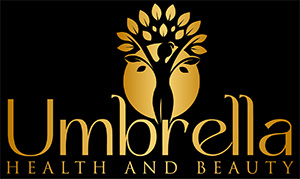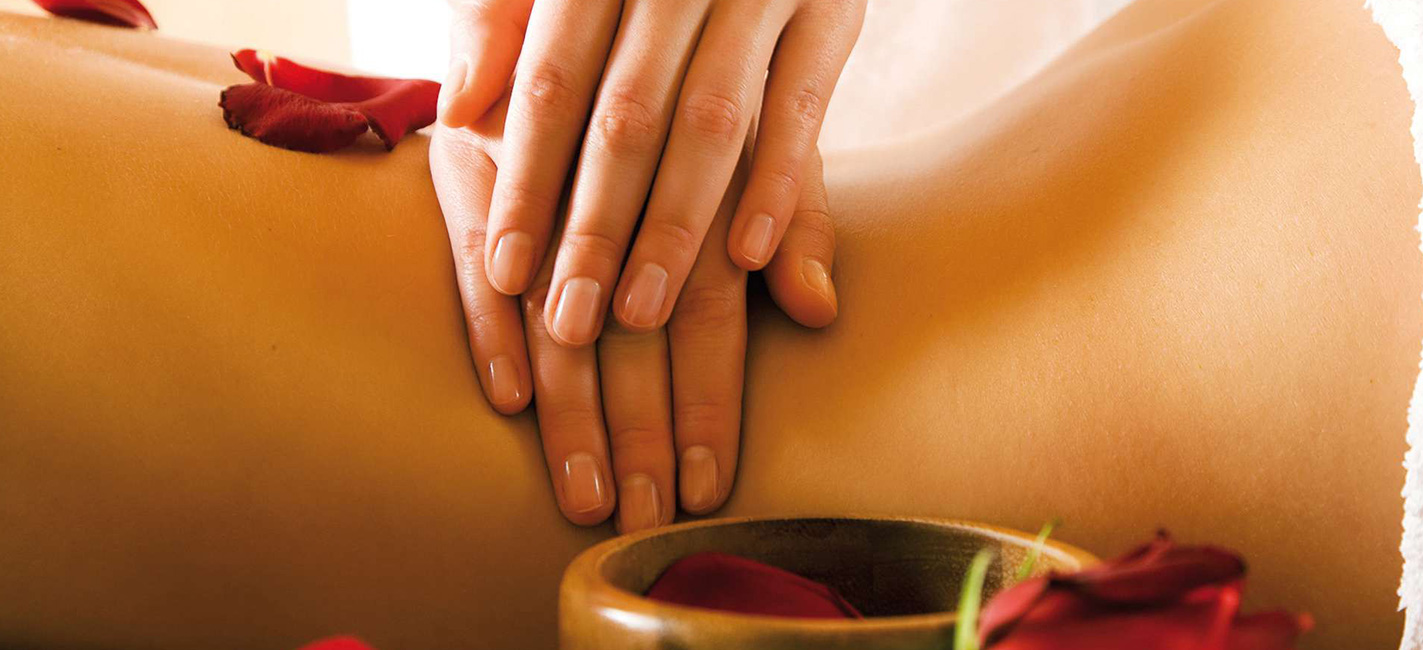Swedish massage is a widely practiced technique that promotes relaxation and a sense of overall well-being. It is a versatile form of massage therapy that offers benefits for both physical and mental health. Swedish massage is often used to address muscle tension, tendon and ligament issues, and to aid in muscle recovery after physical exertion.
As the standard type of massage offered in many wellness facilities, Swedish massage is known for its broad range of techniques and its ability to cater to individual needs. Massage therapists typically use lotion or oil to perform the massage and start with long, sweeping strokes to warm up the muscles. They then transition to more specific techniques to target problem areas or address specific concerns.
The five basic strokes in Swedish massage are effleurage, petrissage, friction, tapotement, and vibration. Effleurage involves long, smooth strokes to relax the muscles, while petrissage involves kneading, rolling, and lifting motions. Friction utilizes circular movements or wringing motions, tapotement involves rhythmic percussion techniques, and vibration incorporates rocking and shaking movements.
Swedish massage provides full-body muscle relaxation, making it effective for reducing stress and tension. It can also be beneficial for individuals recovering from injuries as it promotes circulation, helps in releasing muscle knots, and assists in the healing process.
Whether you seek relaxation or have specific physical concerns, Swedish massage offers a comprehensive and soothing experience that promotes both physical and mental well-being.


